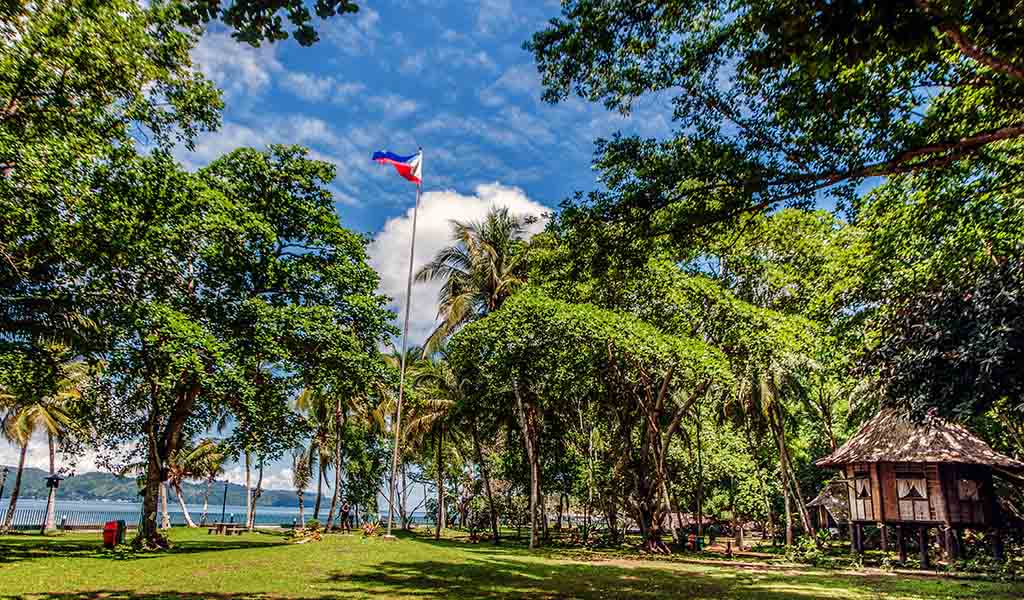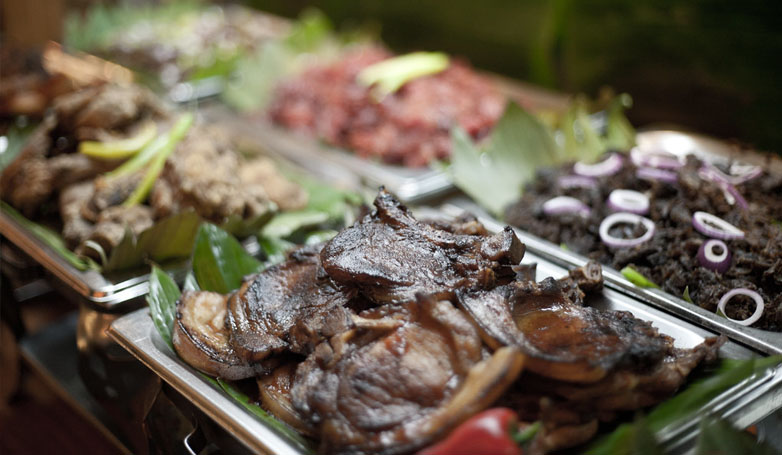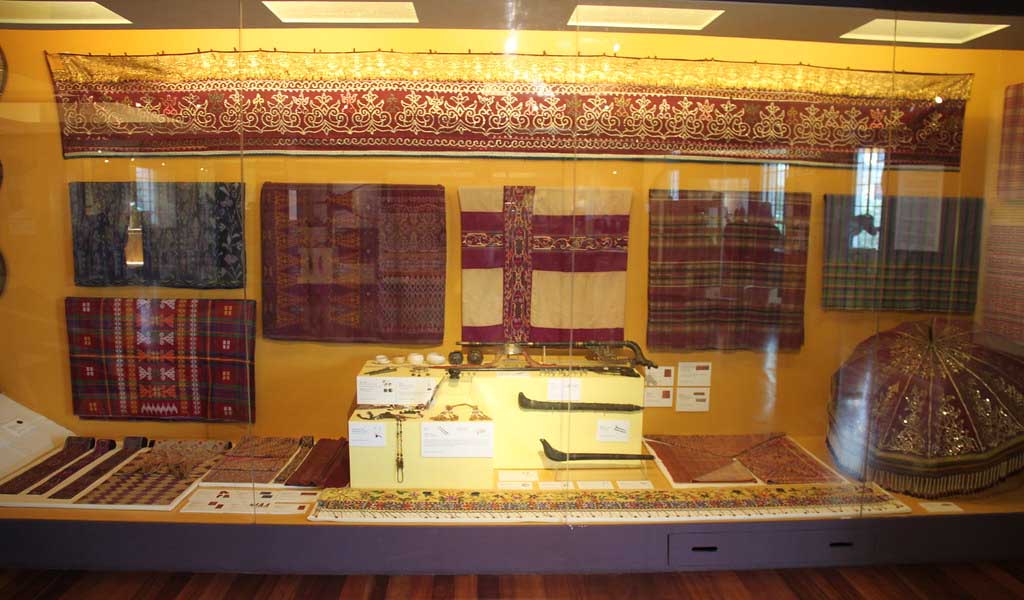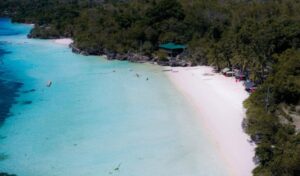Journey to the Past – Unveil the Secrets of the Historical Places in Mindanao!
Mindanao, located in the southern part of the Philippines, is a treasure trove of historical and cultural wonders waiting to be discovered. Often overshadowed by its pristine beaches and majestic mountains, the historical places in this region hold stories of bravery, resilience, and the rich tapestry of Filipino life. From ancient structures to sites of historical significance, embarking on a journey to these locations is like flipping through the enthralling pages of a living history book. Let’s embark on a time-travel adventure and explore the top 10 must-visit historical places in Mindanao that will captivate your heart and enlighten your mind!
1. Fort Pilar, Zamboanga City

Fort Pilar, located in Zamboanga City, is a significant historical landmark entrenched in the rich history of the Philippines. Originally named Real Fuerza de Nuestra Señora del Pilar de Zaragoza, it was constructed in 1635 by the Spanish colonial government as a defense fortress to ward off invasions and attacks by pirates and other foreign entities.
Over the centuries, Fort Pilar served various purposes, including as a military defense fortress, a regional museum, and a sanctuary for the venerated image of Our Lady of the Pillar, making it a fascinating blend of historical, cultural, and religious significance. Today, it stands as a national cultural treasure, attracting tourists and pilgrims alike to Zamboanga City.
2. Dapitan City, Zamboanga del Norte

Dapitan City, located in Zamboanga del Norte, is famously known as the “Shrine City in the Philippines” This title was earned due to its historical significance as the place of exile for the Philippine national hero, Dr. José Rizal, from 1892 to 1896. During his exile, Rizal spent his time engaging in several community projects, including designing a water system and engaging in agricultural endeavors, leaving behind a legacy that transformed Dapitan.
Present-day Dapitan celebrates this historical heritage with several memorials and sites dedicated to Rizal’s life and works, including the Rizal Shrine in Barangay Talisay, making it a pivotal location for Philippine history enthusiasts.
3. Agusan Marsh Wildlife Sanctuary

Agusan Marsh Wildlife Sanctuary is one of the most ecologically significant wetlands in the Philippines, located in the heart of Mindanao. Spanning over 14,000 hectares, it is home to a rich biodiversity, including a plethora of bird species, freshwater fish, and endangered flora and fauna. This vast sanctuary serves as a crucial habitat for several globally threatened species and is a resting spot for migratory birds, making it a vital area for conservation efforts and ecological studies.
Its unique landscape includes a network of freshwater lakes, marshes, and rivers, all nestled within a catchment basin that is cradled by the Agusan River. The local indigenous communities, who live in floating houses, have a symbiotic relationship with the marsh, relying on it for sustenance and livelihood, and in turn, contributing to its conservation.
4. The Walled City of Cotabato

The Walled City of Cotabato, also known as Cotabato Fort, is an important historical and cultural landmark in the Mindanao region of the Philippines. Though not as extensively fortified as Intramuros in Manila, the remnants of this fortification offer a glimpse into the region’s colonial past under Spanish rule. It served as a stronghold against local uprisings and protecting the city from external threats.
Over the years, urban development and natural wear have led to the erosion of much of the original structures; however, efforts have been made to preserve what remains to remind future generations of their cultural heritage. This historical site symbolizes the resilience and enduring spirit of the people of Cotabato amidst challenges through the centuries.
5. Mount Apo, Davao City

Mount Apo, majestically standing in Davao City, is the tallest mountain in the Philippines, with a peak reaching an impressive height of 2,954 meters above sea level. This dormant volcano is a prominent landmark not only for its towering height but also for its remarkable biodiversity. Designated as a national park in 1936, Mount Apo is a haven for over 272 species of birds, including the Philippine eagle, which is considered the country’s national bird and one of the world’s largest eagles.
The mountain’s diverse ecosystems, ranging from tropical rainforests to volcanic landscapes, provide outdoor enthusiasts with a unique adventure, including trekking, bird watching, and exploring its stunning waterfalls and hot springs. Mount Apo plays a significant role in the cultural identity of the indigenous peoples that inhabit its slopes, symbolizing sacredness and a source of life and spirituality.
6. Iligan City’s Centennial Park

Iligan City’s Centennial Park, nestled in the heart of this vibrant Northern Mindanao city, commemorates the 100th anniversary of the city’s establishment. This park serves not only as a symbol of the city’s rich history and culture but also as a verdant oasis where locals and tourists alike can enjoy moments of tranquility amid lush greenery.
Its establishment was a milestone, marking a century of resilience, growth, and multicultural harmony in Iligan City. The park features various installations and landmarks that pay homage to the city’s heritage, with spaces designed for cultural presentations, gatherings, and leisure activities, making it a focal point for community pride and cultural appreciation.
7. The Japanese Tunnels, Davao City

The Japanese Tunnels in Davao City are a historical network of underground passages constructed during World War II by Filipino laborers and POWs under the harsh command of the Japanese army. Originally used for military purposes, these tunnels served as a hideout and a means of transporting supplies and troops, illustrating the strategic importance of Davao as a military base during the war.
Today, portions of these tunnels are accessible to the public as a somber reminder of wartime atrocities and resilience. Visitors can explore the narrow passageways, now housing memorabilia and life-size figures, offering a glimpse into the harsh realities of war and the indomitable spirit of the human will to survive.
8. Malabang Historical Marker, Lanao del Sur

The Malabang Historical Marker in Lanao del Sur is a significant monument that honors a pivotal moment in Philippine history — the landing of Muslim scholar Sharif Kabungsuan in the 16th century. This event marked the introduction and spread of Islam in the region, forever altering the cultural and religious landscape of Mindanao.
Located in Malabang, this marker not only commemorates the arrival of Kabungsuan but also the rich Islamic heritage that defines Lanao del Sur. It stands as a testament to the enduring influence of Islam in shaping the social, political, and cultural fabric of the area, making it a site of great historical and educational value.
9. T’boli Museum, South Cotabato

The T’boli Museum, situated in South Cotabato, is a cultural trove dedicated to preserving the heritage of the T’boli people, one of the indigenous groups in Mindanao. This museum showcases a wide array of T’boli artifacts, including traditional clothing, musical instruments, jewelry, and crafts that provide insights into the tribe’s distinctive artistry and ways of life.
Visitors are treated to an immersive experience, highlighting the T’boli’s profound connection with nature, their spiritual beliefs, and their renowned skill in weaving T’nalak, a fabric made from abaca fibers and imbued with deep cultural significance. The T’boli Museum plays a critical role in fostering appreciation for and understanding of the rich cultural diversity of the Philippines.
10. Maria Cristina Falls, Iligan City

Maria Cristina Falls, located in Iligan City, is not only a remarkable natural wonder but also a significant source of hydroelectric power for Mindanao. Standing at an impressive height of approximately 320 feet, it is nicknamed the “twin falls” due to a rock at the brink that splits the flow, creating a visually stunning spectacle.
The falls are part of the Agus River system and are the primary source of electricity for the region, harnessed by the Agus VI Hydroelectric Plant. Beyond its utilitarian value, Maria Cristina Falls is a prime tourist attraction, embodying the raw beauty and power of nature. Its presence highlights Iligan’s moniker, “City of Majestic Waterfalls,” with over 20 waterfalls scattered around the area.
From Pages of History to the Present Day – Historical Places in Mindanao
The historical places in Mindanao do more than just tell tales from the past; they invite us to understand the struggles and triumphs that shaped the region. Each site, from Fort Pilar to Maria Cristina Falls, narrates a unique story of cultural fusion, resilience, and transformation. Whether you’re a history enthusiast or a curious traveler, exploring these ten historical sites in Mindanao offers not just a journey across time but also a deeper appreciation for the vibrant culture and enduring spirit of its people. So, dust off your explorer’s hat and prepare for an adventure that’s not only about seeing but also connecting with the heart and soul of Mindanao.







